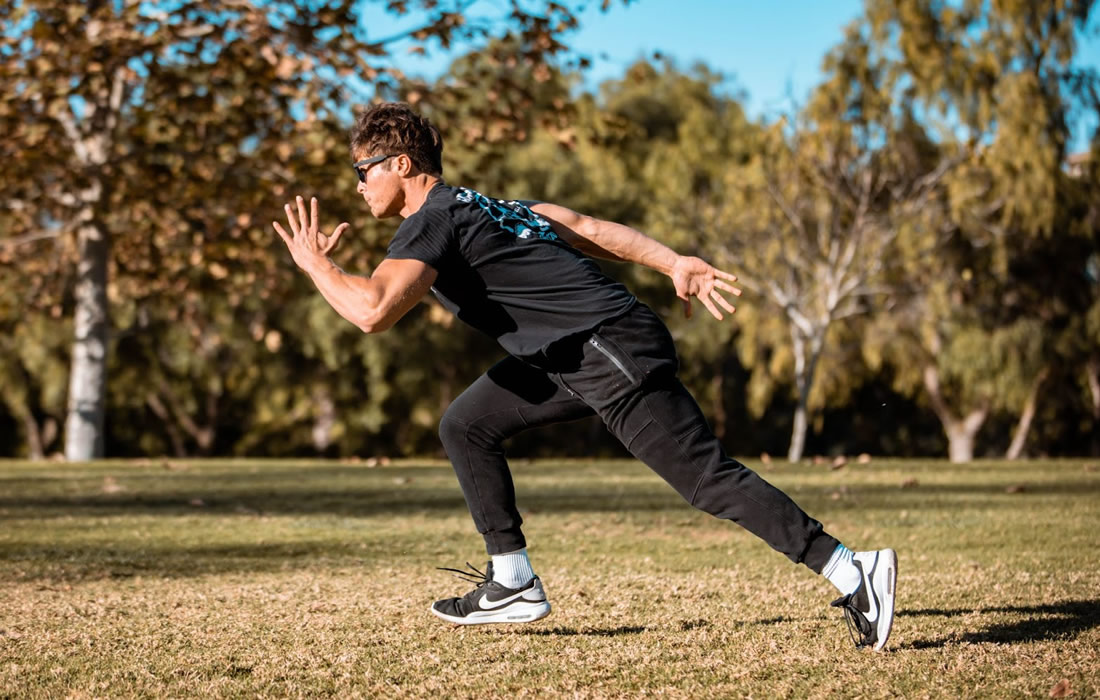Regenerative Medicine News and General Information
Short Bursts of Daily Activity Linked to Reduced Cancer Risk
Promising new research suggests a total of just 4.5 minutes of vigorous activity that makes you huff and puff during daily tasks could reduce the risk of some cancers by up to 32 percent.
As few as four to five minutes of vigorous intermittent lifestyle physical activity or ‘VILPA’ was associated with a substantially lower cancer risk compared to those who undertook no VILPA.
Vigorous Intermittent Lifestyle Physical Activity, or VILPA for short, was coined by researchers to describe the very short bursts of activity — around one minute each — we do each day. This includes activities like vigorous housework, carrying heavy shopping around the grocery store, bursts of power walking or playing high-energy games with the kids.
“VILPA is a bit like applying the principles of High-Intensity Interval Training (HIIT) to your everyday life,” said lead author Professor Emmanuel Stamatakis.
“We know the majority of middle-aged people don’t regularly exercise which puts them at increased cancer risk but it’s only through the advent of wearable technology like activity trackers that we are able to look at the impact of short bursts of incidental physical activity done as part of daily living,” said first author Professor Stamatakis.
“It’s quite remarkable to see that upping the intensity of daily tasks for as little as four to five minutes a day, done in short bursts of around one minute each, is linked to an overall reduction in cancer risk by up to 18 percent, and up to 32 percent for cancer types linked to physical activity.”
The study is observational, meaning it isn’t designed to directly explore cause and effect. However, the researchers say they are seeing a strong link and refer to previous early-stage trials showing that intermittent vigorous physical activity leads to rapid improvements in cardio-respiratory fitness, which may provide a possible biological explanation for reduced cancer risk. Other likely contributors include physical activity’s role in improving insulin sensitivity and chronic inflammation.
“We need to further investigate this link through robust trials, but it appears that VILPA may be a promising cost-free recommendation for lowering cancer risk in people who find structured exercise difficult or unappealing,” says Professor Stamatakis.
“We are just starting to glimpse the potential of wearable technology to track physical activity and understand how unexplored aspects of our lives affect our long-term health — the potential impact on cancer prevention and a host of other health outcomes is enormous,” said Professor Stamatakis.
Sources:
Emmanuel Stamatakis, Matthew N. Ahmadi, Christine M. Friedenreich, Joanna M. Blodgett, Annemarie Koster, Andreas Holtermann, Andrew Atkin, Vegar Rangul, Lauren B. Sherar, Armando Teixeira-Pinto, Ulf Ekelund, I-Min Lee, Mark Hamer. Vigorous Intermittent Lifestyle Physical Activity and Cancer Incidence Among Nonexercising Adults. JAMA Oncology, 2023; DOI: 10.1001/jamaoncol.2023.1830
University of Sydney. “Short bursts of daily activity linked to reduced cancer risk: Wearable technology reveals potential benefits of vigorous incidental activity.” ScienceDaily. ScienceDaily, 27 July 2023. <www.sciencedaily.com/releases/2023/07/230727143955.htm>.
Images from:
Photo by Joe Mcferrin
https://unsplash.com/photos/2NIm6AxUc-4

